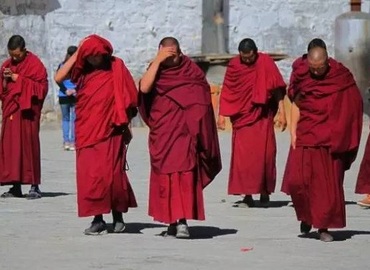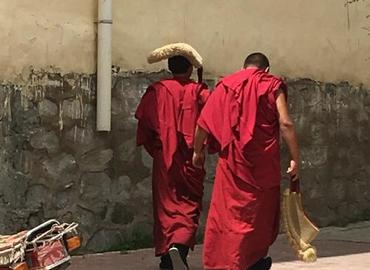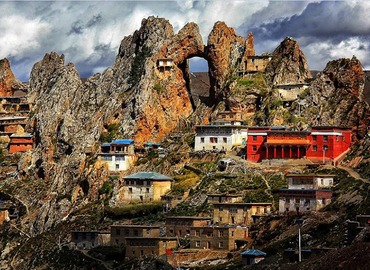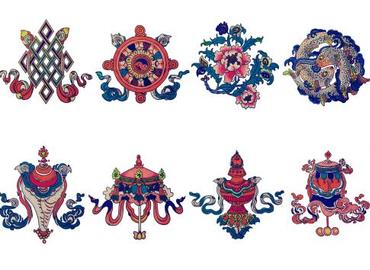Tibet Religion
- Catherine
- Last Updated : 04/25/2025
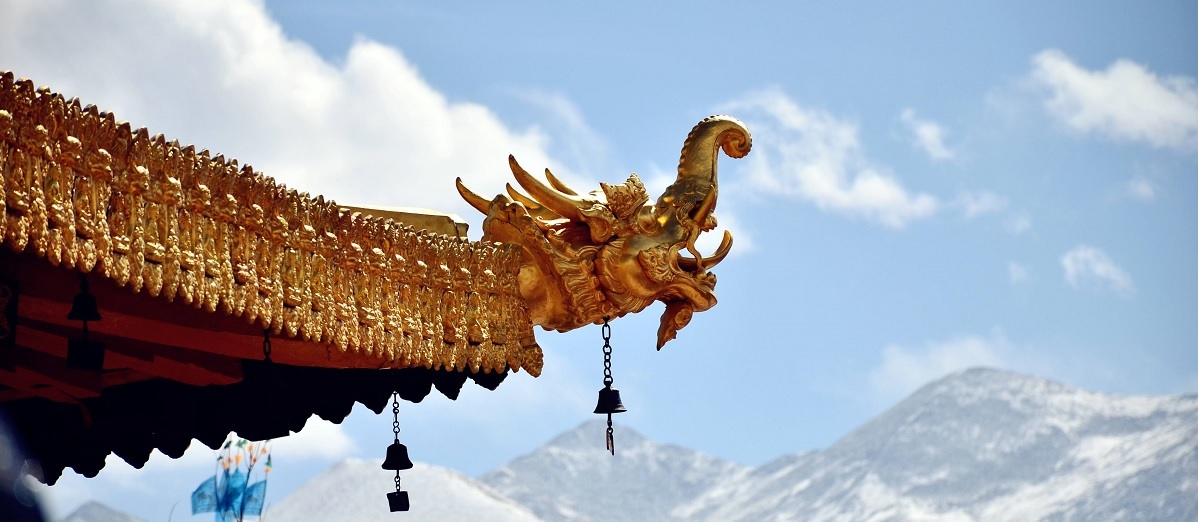
To understand the Tibet religion as a whole, we should start from understanding Yungdrung Bon, which is the inherent regional cultural feature of Qinghai-Tibet Plateau. At the same time, the Bon religion is an important part of traditional Tibetan culture. Before Indian Buddhism was introduced to Qinghai-Tibet Plateau, Bon was an exclusive orthodox religious culture in the Tibetan region.
Rooted in ancient times, the Bon religion has gone through all the history and evolution of the ancient Tibetan society and played a role in promoting the civilization and progress of the early Tibetan society. In the later period, the Bon religion with a wide mass base also played an irreplaceable role in the formation of Tibetan Buddhism.
Therefore the documents of ancient indigenous Yungdrung Bon were called the codes of Zhang-Zhung. And the Zhangzhung characters at that time were mainly used for the writing of the scriptures and classic books of the Bon religion.
According to the records of ancient books, the prince of the Zhangzhung Kingdom, Shenrab Miwo, made a lot of changes to the native Bon and established Yungdrung Bon, which is known as the oldest "ancient Zhangzhung Buddha dharma" in Tibet.
Shenrab Miwo created the Zhangzhung characters first and later taught five classes of knowledge (Pañca-vidyā): the science of fine arts and crafts (śilpa-karma-sthāna vidyā), the science of language (śabda vidyā), the science of medicine (cikitsā vidyā), the science of spirituality (adhyātma vidyā) and science of logic (hetu vidyā). The ancient Zhangzhung civilization mainly developed based on the spread of Yungdrung Bon. A comment on the ancient Zhangzhung civilization and the historical significance of the Bon religion was: "it is no exaggeration to say that to understand the Tibetan civilization, one must first understand the ancient Zhangzhung civilization; If we want to study Tibetan Buddhism, we must study Bon first.
The origin, formation, and development of Tibetan Buddhism are inextricably linked with the historical process of Indian Buddhism and its cultural evolution. To exaggerate, Tibetan Buddhism can be said to be a "copy" of the religious culture directly transplanted from Indian Buddhism to the Qinghai-Tibet plateau. In the process of its formation and development, Tibetan Buddhism has also ever been greatly influenced by the traditional Tibetan culture, especially the Bon religion. In some aspects, it has even adopted the Bon's theoretical framework and modes of thinking to accept the Buddhist culture from India. Therefore, Tibetan Buddhism has distinct plateau features different from other Buddhist sects.
Email response within 0.5~24 hours.


